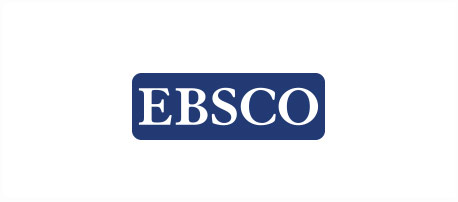Analysis of Optimal Strategy for Effective Control of Cholera Dynamics: A Case Study of Gombe State
DOI:
https://doi.org/10.64290/bima.v9i2A.1140Keywords:
Cholera, Dynamical system, Optimal control, Transmission, VaccinationAbstract
In many regions of sub-Saharan Africa, including Gombe State in Nigeria, cholera is still a major public health concern. In this region (Gombe State), the likelihood and severity of epidemics are increased by factors such as inadequate water sanitation, population displacement, and a lack of adequate healthcare facilities. An extended Susceptible-Infected-Recovered with Contaminated Water (SIR-C) mathematical model that takes into account the three main control strategies of water treatment, vaccine, and curative treatment is developed and examined in this work in response. By incorporating extra treatments specifically designed to address the epidemiological conditions of Gombe State, the model improves an already-existing foundational framework. The transmission dynamics of cholera are simulated using a system of nonlinear differential equations, and important features like disease-free and endemic equilibrium points are investigated analytically, with an emphasis on the local stability as defined by the basic reproduction number (R0). Numerical simulations are used to support the model, and actual outbreak data from June to December 2022 from the Gombe State Ministry of Health was used to calibrate it. According to comparative simulations, the integrated strategy dramatically lowers the number of infections, flattens the epidemic peak, and shortens the outbreak period, while relying alone on water treatment leads to greater infection peaks and longer epidemic duration. When compared to the single-intervention scenario, the multi-intervention method lowers the infection count by more than 50% at the peak (day 60). These results highlight the critical value of combining vaccination and curative treatment with sanitation efforts. In order to help public health professionals in Gombe State and other susceptible areas to make well-informed decisions regarding cholera management, resource deployment, and outbreak preparedness, the study offers a thorough and context-specific modeling tool that can support public health officials in Gombe State and other vulnerable regions.




